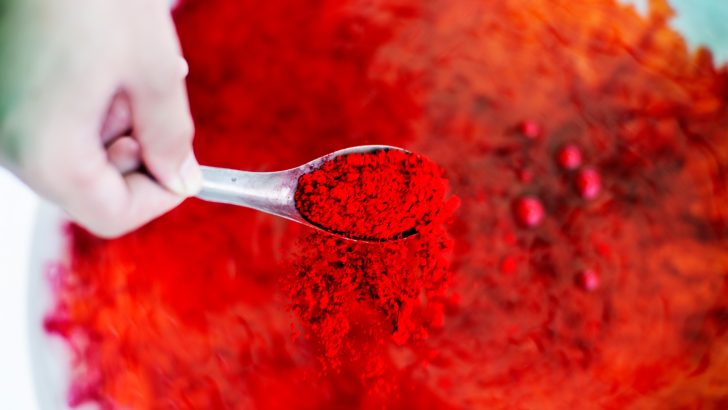Almost every packaged food item in your grocery store contains concealed hazards, making it a battleground.
Sugar is harmful for our health, as we all know, but other dietary additives are really doing far more harm! These troublemakers are frequently concealed by food corporations under esoteric chemical names or included in unthinkable items.
Now let’s uncover these health saboteurs that are concealed in your pantry.
15. High Fructose Corn Syrup (HFCS)
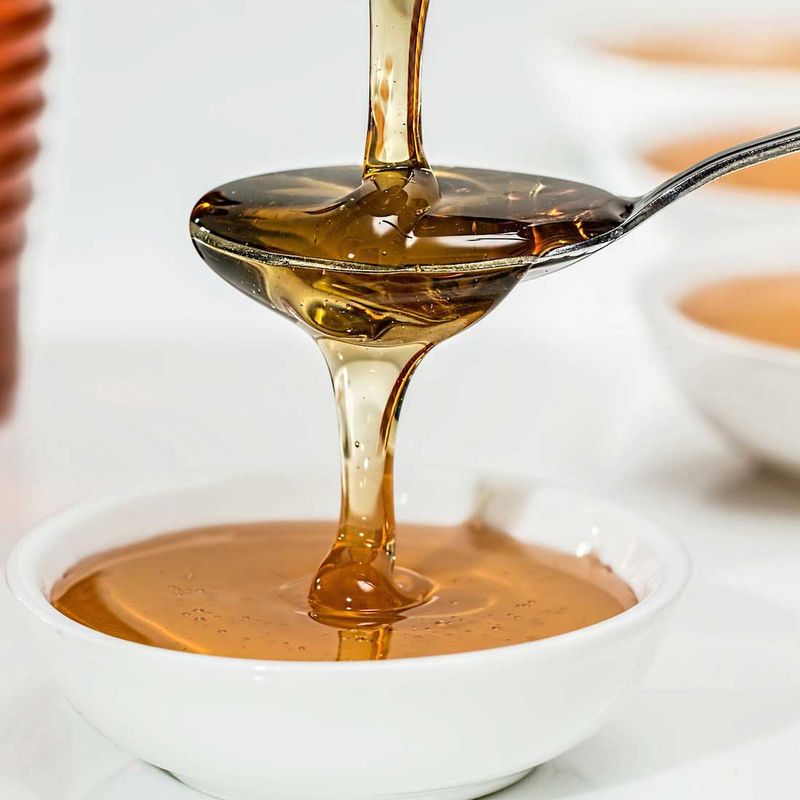
Whoa! This liquid sweetener might seem like regular sugar’s cousin, but it’s the troublemaking relative nobody wants at family gatherings. Your liver processes HFCS differently, turning it straight into fat!
Sneakily hiding in ketchup, bread, and even “healthy” foods, this sugar impostor triggers more hunger hormones than regular sugar. Yikes! Ready to check those ingredient labels now?
14. Trans Fats (Partially Hydrogenated Oils)
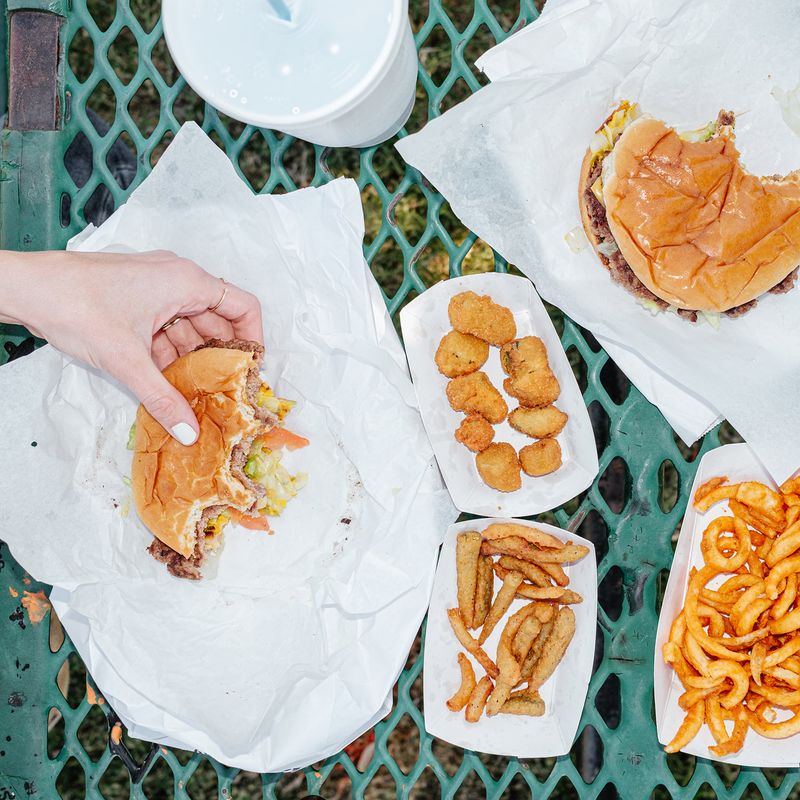
Banned in many countries but still sneaking into American foods! These factory-made fats were created to extend shelf life, but they’re shortening yours instead. Heart disease, inflammation, and even memory problems? Trans fats cause them all.
Though the FDA restricted them, manufacturers can still claim “0g trans fat” if there’s less than 0.5g per serving. How sneaky is that? Check for “partially hydrogenated” oils on labels!
13. Artificial Food Dyes
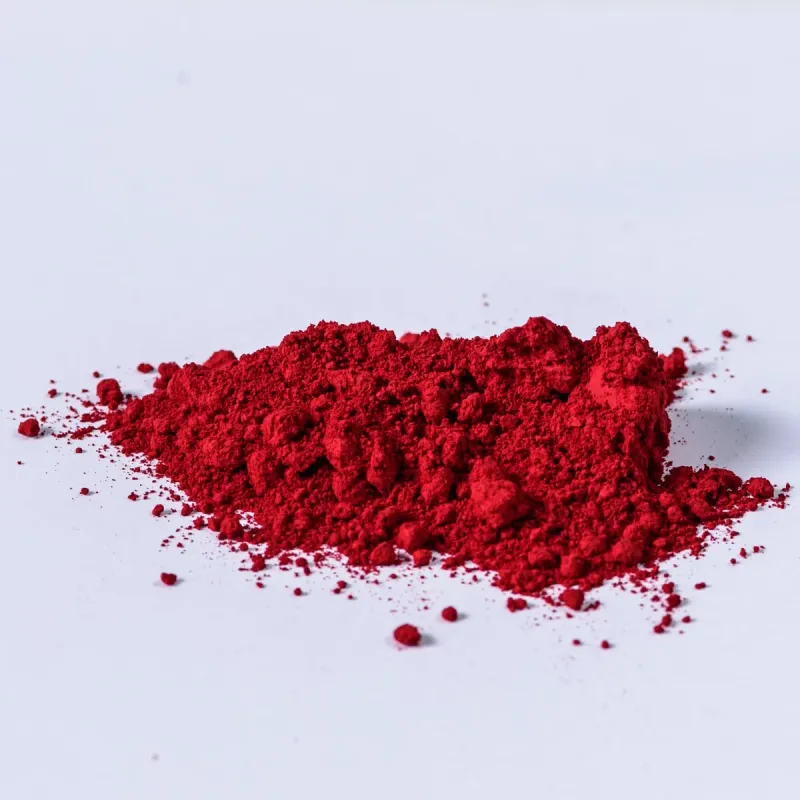
Ever wondered why those candies are so vibrantly colored? Artificial dyes like Red 40, Yellow 5, and Blue 1 make food pretty but come with ugly side effects! Made from petroleum (yes, the same stuff as gasoline), these rainbow-makers have been linked to hyperactivity in kids.
Countries across Europe require warning labels on foods containing these dyes. Meanwhile, Americans are eating them by the spoonful in cereals, drinks, and snacks!
12. Sodium Nitrite/Nitrate
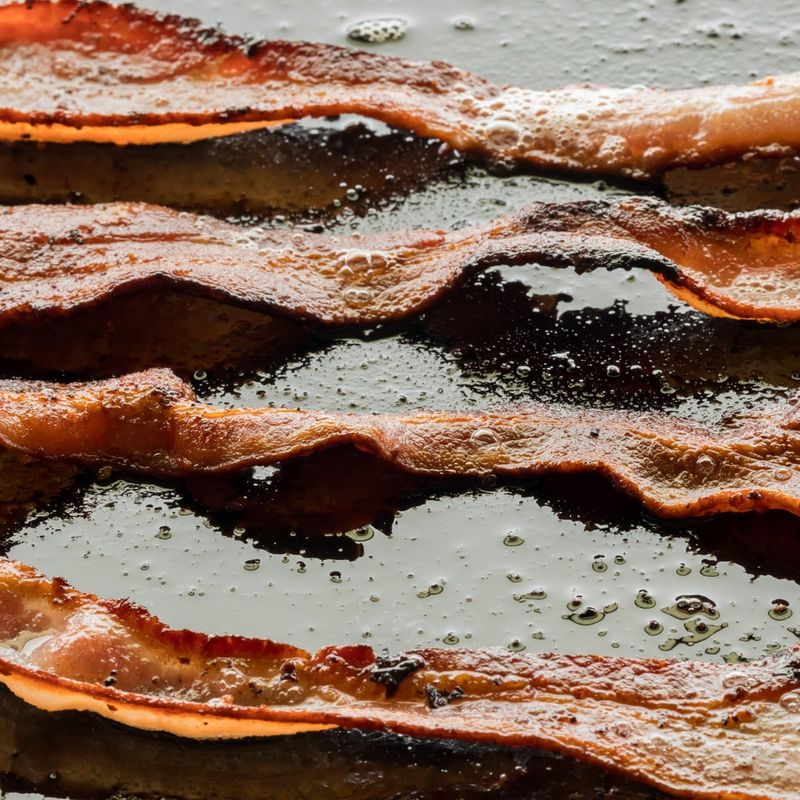
Bacon lovers, brace yourselves! These preservatives keep your deli meats looking fresh and pink instead of gray. However, when heated or combined with stomach acid, they form nitrosamines – nasty compounds linked to cancer.
Found lurking in hot dogs, bacon, ham, and other processed meats, these chemicals are why health experts suggest limiting these foods. Want to avoid them? Look for uncured meats or those preserved with celery juice (still contains nitrates, but naturally).
11. Monosodium Glutamate (MSG)
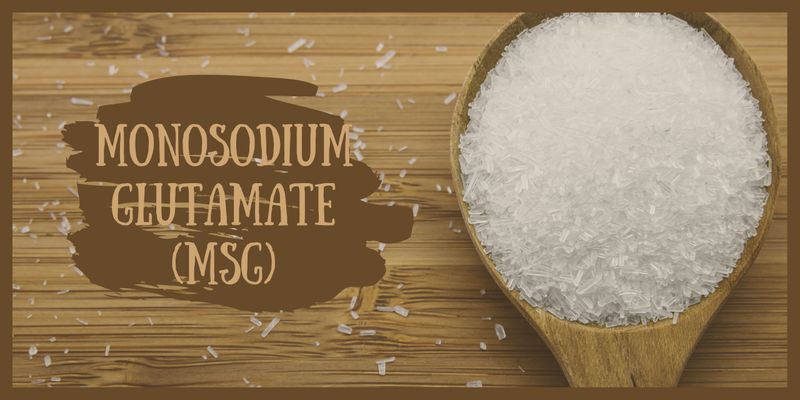
“Mmm, what’s that delicious flavor?” It might be MSG tricking your taste buds! This flavor enhancer makes mediocre food taste amazing by stimulating your brain’s pleasure centers. Sneaky, right?
Headaches, flushing, and that weird feeling after Chinese takeout? Could be an MSG reaction! Food companies hide it under names like “hydrolyzed protein” and “autolyzed yeast.” Share this intel with your takeout-loving friends!
10. Artificial Sweeteners
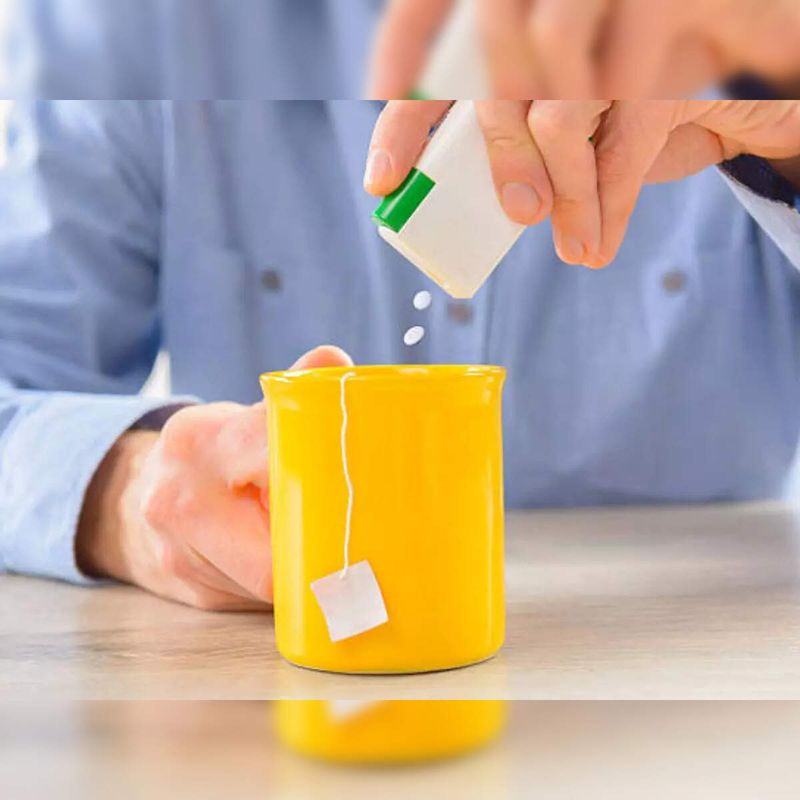
Zero calories must mean they’re healthy, right? WRONG! Aspartame, sucralose, and saccharin are examples of sugar replacements that may reduce calories but come at a cost. Research suggests they can actually increase sugar cravings and mess with your gut bacteria!
Though marketed as diet-friendly, studies link these faux sugars to increased risk of metabolic syndrome. Crazy fact: Some artificial sweeteners were discovered by scientists who accidentally licked their fingers in the lab! Eww!
9. Butylated Hydroxyanisole (BHA) & Butylated Hydroxytoluene (BHT)
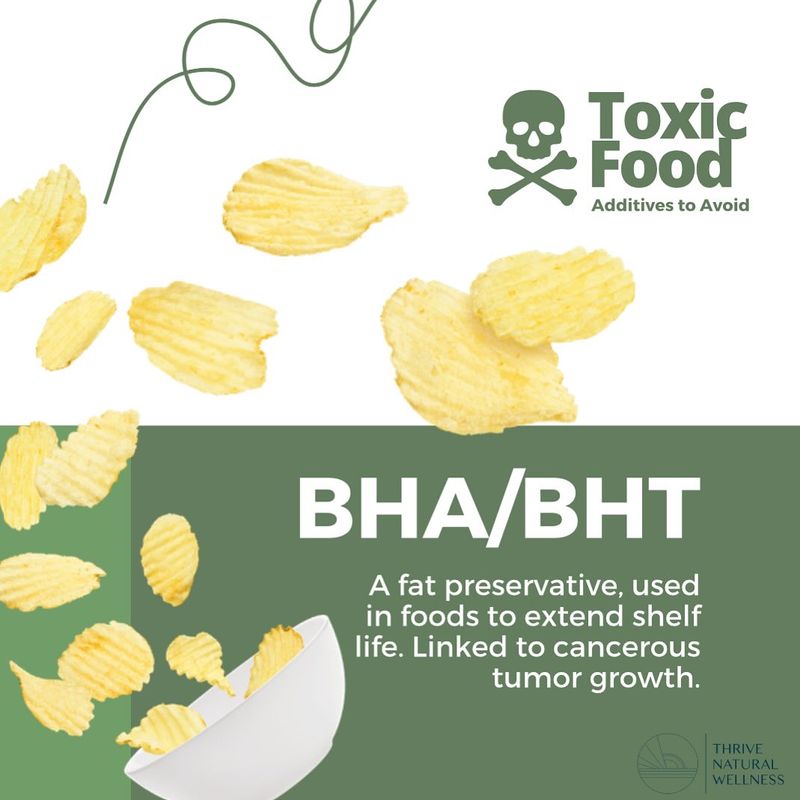
Can’t pronounce it? Probably shouldn’t eat it! These petroleum-derived preservatives keep fats from going rancid but might be causing other problems. Classified as possible human carcinogens, these chemical preservatives still appear in cereals, gum, and potato chips.
What’s the bizarre twist? While they’re banned in Japan and parts of Europe, the FDA still considers them “Generally Recognized As Safe.” Time to reconsider that morning cereal routine, perhaps?
8. Propylene Glycol
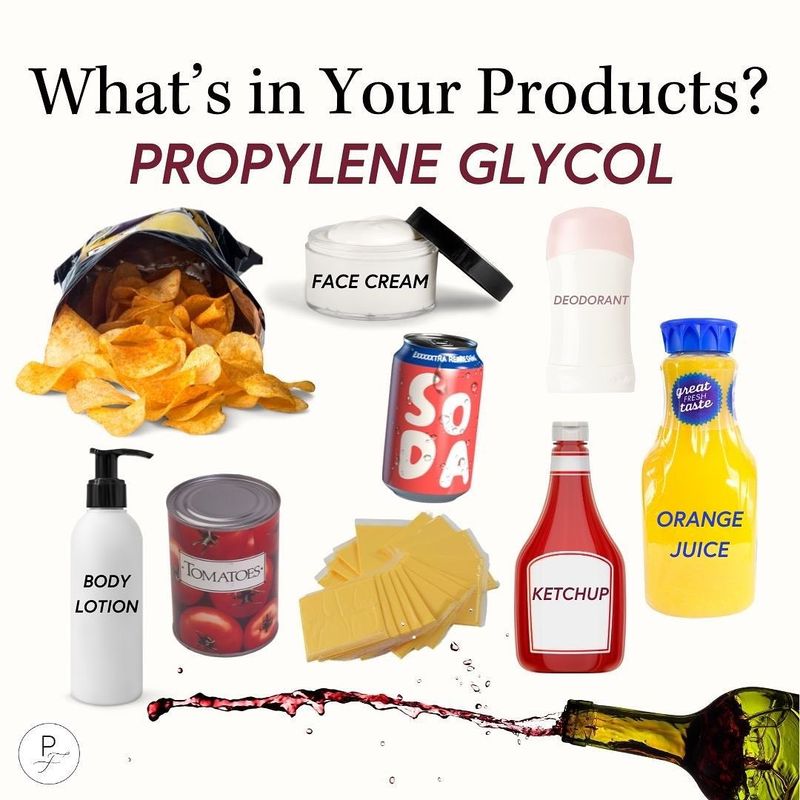
Holy moly! Despite being utilized in antifreeze, this chemical found in your salad dressing and ice cream! Propylene glycol keeps food from drying out by acting as a texturizer and moisture-keeper, just like it does in industrial and cosmetic items.
Although deemed safe in small amounts, it can cause allergic reactions and skin irritation. Isn’t it wild that the same stuff keeping your car from freezing is also in your cake mix? Check those labels!
7. Carrageenan
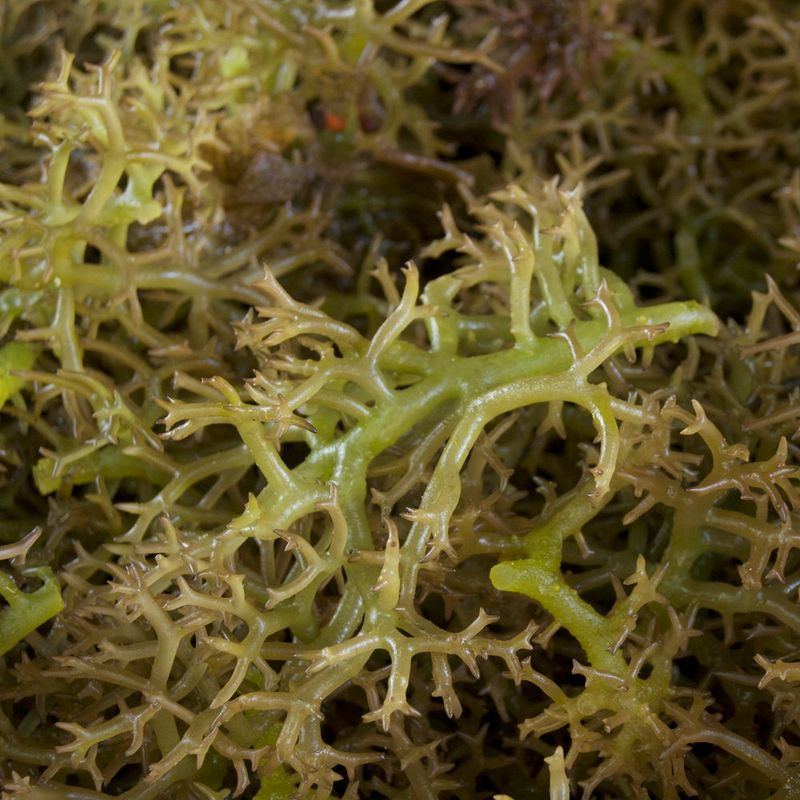
Derived from seaweed sounds healthy, doesn’t it? Don’t be fooled! Both organic and non-organic foods, such as yogurt and almond milk, include this stabilizer and thickener. Studies connect it to digestive issues and inflammation despite its natural origins.
What makes it particularly sneaky? It appears in many “health foods” and plant-based products! Even organic watchdogs like the Cornucopia Institute warn against it. Check your plant milks and dairy-free desserts – this sea monster might be hiding there!
6. Potassium Bromate
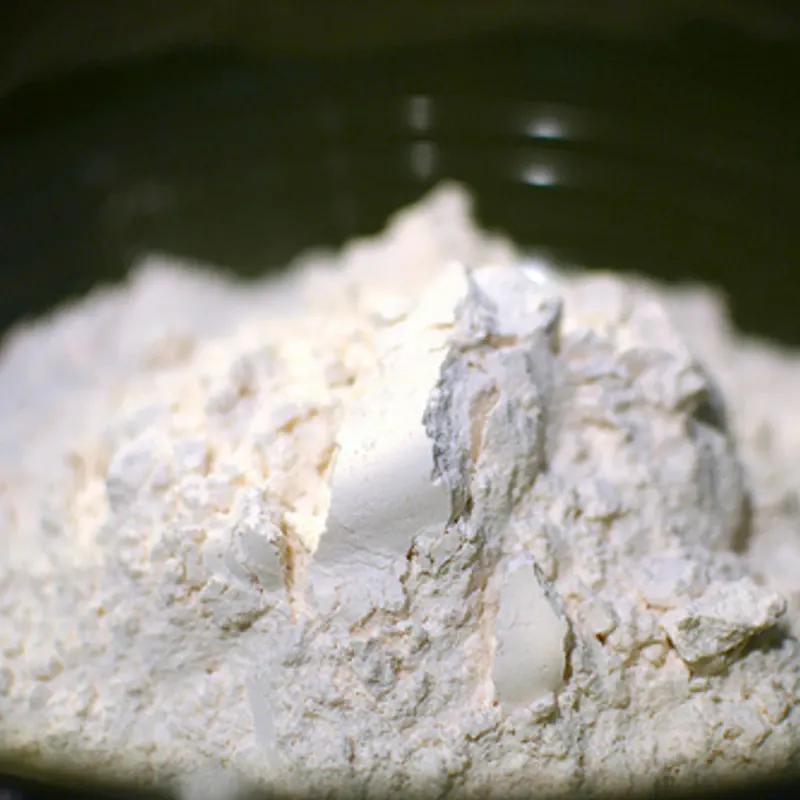
Banned in China, Europe, and Canada but still chilling in American bread? Potassium bromate helps dough rise and gives bread that perfect texture, but it’s linked to thyroid problems and cancer in animal studies. Yikes!
Fast-food chains and commercial bakeries love this stuff because it strengthens dough. Next time you’re craving that perfectly fluffy white bread, remember it might contain this internationally banned substance! Why not try a local bakery instead?
5. Phosphates (Sodium Phosphate, Calcium Phosphate)
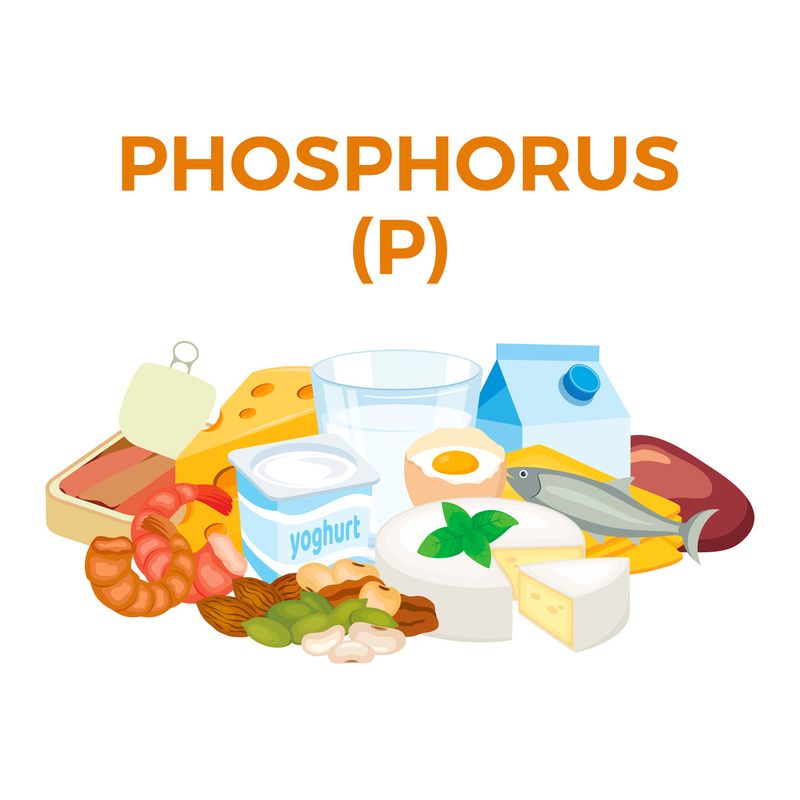
Lurking in processed cheeses, breakfast cereals, and even some sodas, these mineral derivatives help food maintain texture and moisture. But at what cost? High phosphate intake has been linked to heart and kidney problems!
What’s truly frightening? Americans consume twice the recommended amount without even knowing it! These sneaky additives appear in everything from chicken nuggets to cola. Ready to detox your diet from these mineral menaces?
4. Aluminum Additives
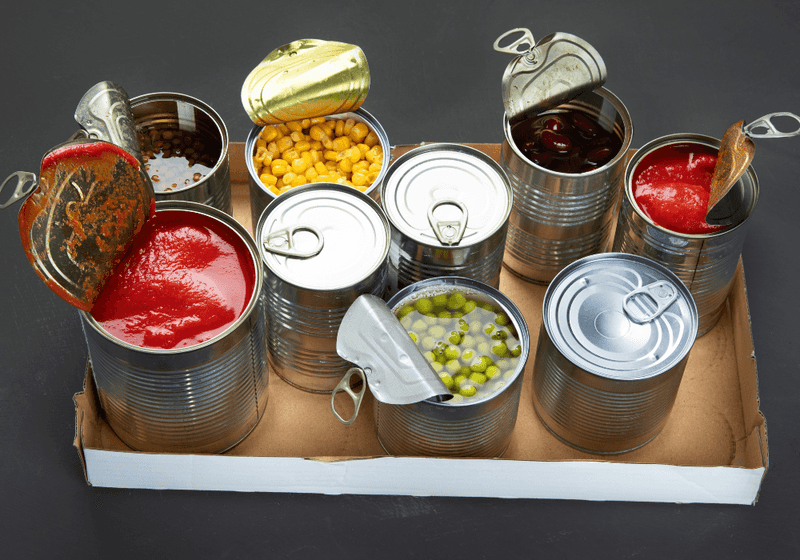
Yes, the same metal used in foil and cans is hiding in your food! Sodium aluminum phosphate and sodium aluminum sulfate work as stabilizers in processed cheese and baking powder. Research has linked aluminum accumulation to neurological problems!
Shockingly, these additives can increase your body’s aluminum levels over time. Though your body naturally eliminates some aluminum, frequent exposure through food may overload this system. Double-check those baking mixes and processed cheeses!
3. Sodium Benzoate
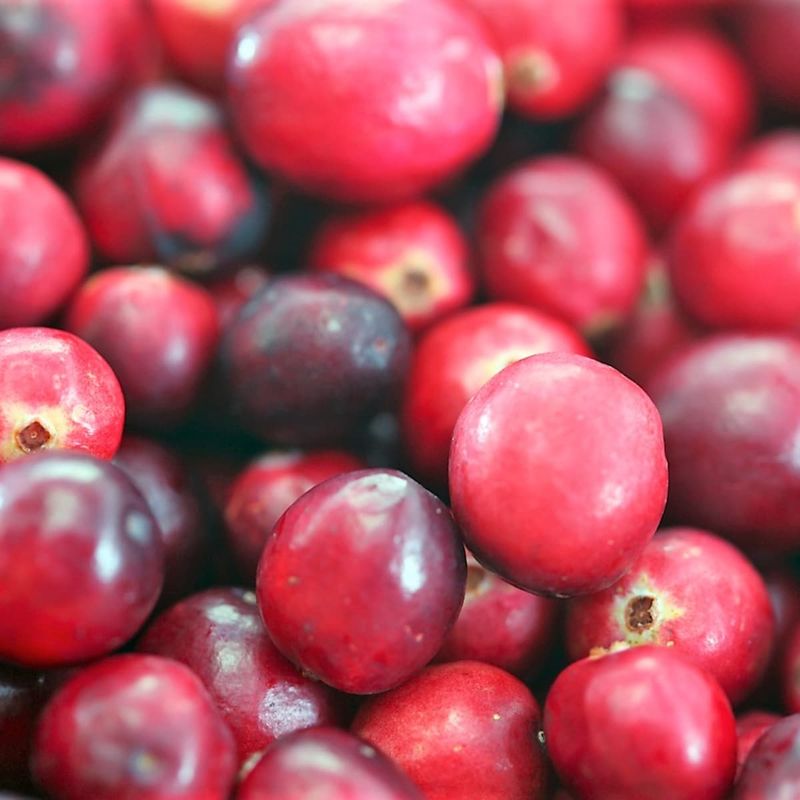
When this common preservative meets vitamin C in your soda, a chemical reaction creates benzene – a known carcinogen! Found in acidic foods like pickles, fruit juices, and sodas, this preservative stops mold and bacteria growth.
The FDA says it’s safe in small amounts, but when combined with citric acid or ascorbic acid (vitamin C), it becomes potentially harmful. Wild, right? Your “healthy” vitamin C-enriched drink might be creating chemicals you definitely don’t want!
2. Brominated Vegetable Oil (BVO)
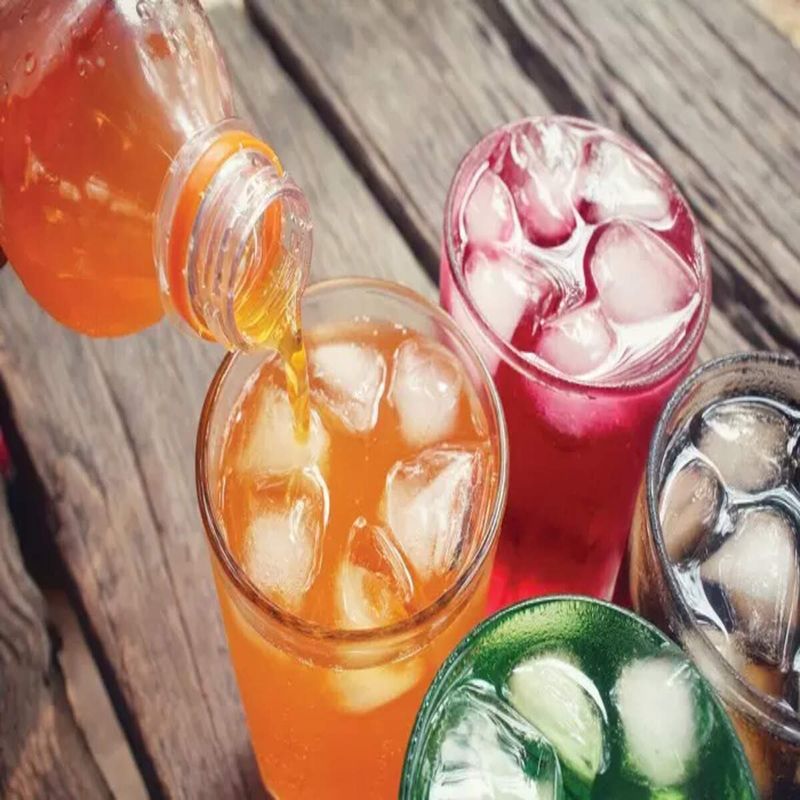
Originally patented as a flame retardant, this bizarre ingredient somehow found its way into citrus sodas and sports drinks! BVO keeps the flavoring from separating and floating to the top, but it contains bromine – an element that can build up in your body.
After consumer pressure, major soda companies started removing it, but check those labels! Some drinks still contain this chemical that’s banned in Europe and Japan. Isn’t it time America caught up with global food safety standards?
1. Polysorbate 60 & 80
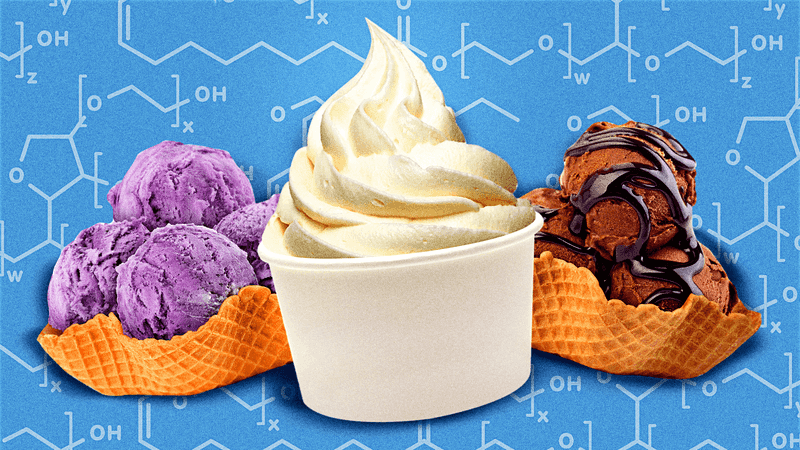
These emulsifiers sound harmless enough, but they’re quietly disrupting your gut microbiome! Found in ice cream, pudding, and many processed desserts, these chemicals keep oil and water from separating but may also separate you from good health.
Recent studies suggest they can damage intestinal barriers and alter gut bacteria composition. The kicker? They might increase bacterial translocation across the intestines, potentially triggering inflammation! Maybe that ice cream isn’t worth the tummy troubles after all!

